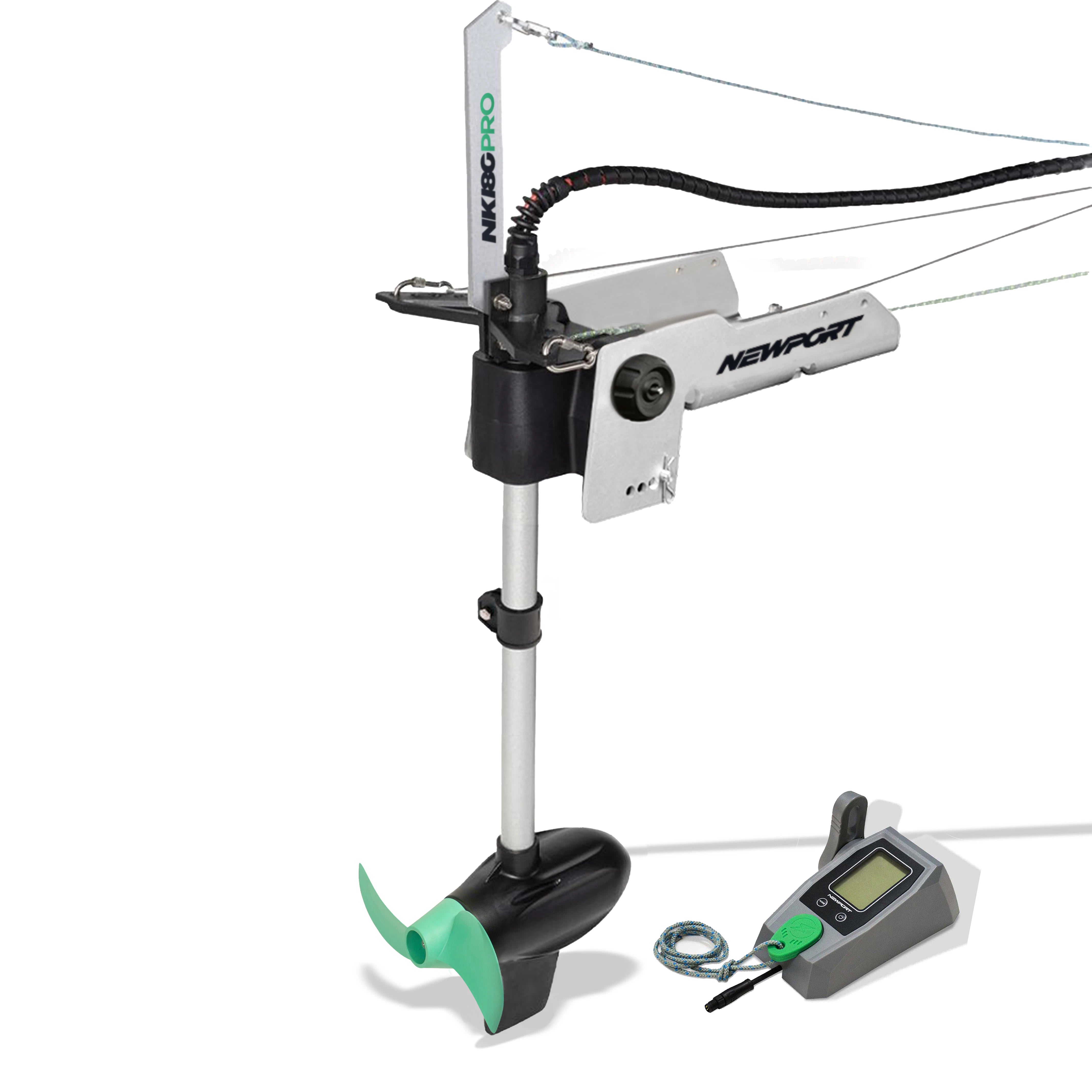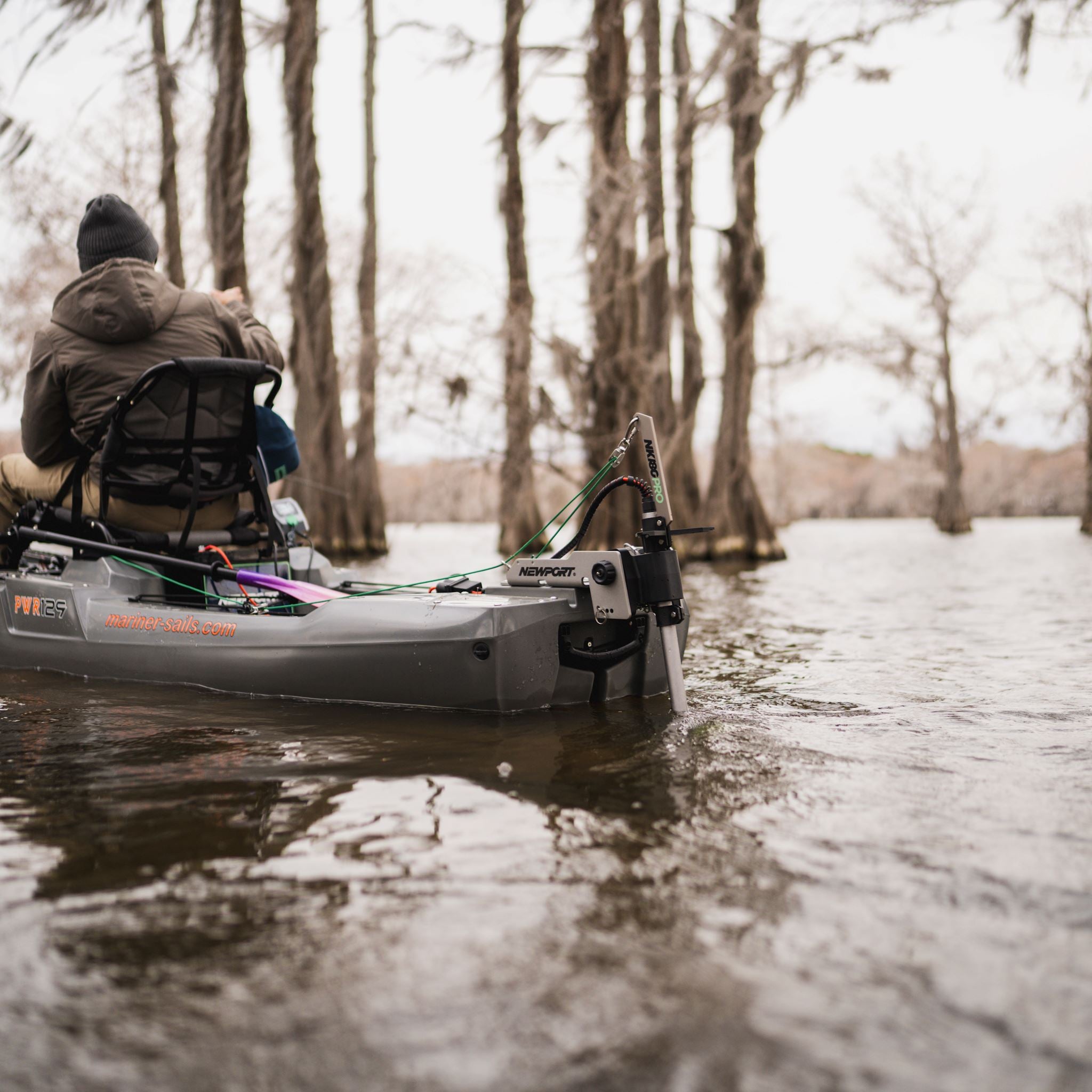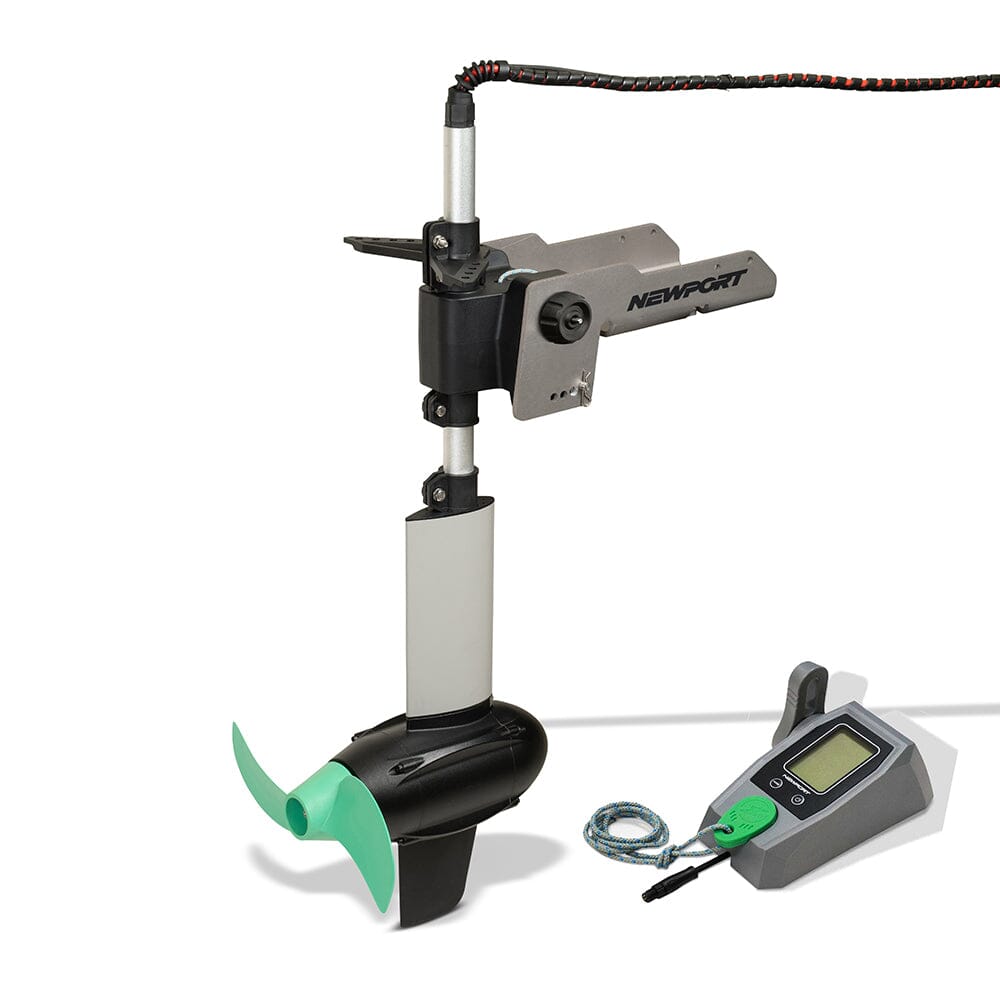Freedom On The Water with Newport, Episode 7
Welcome back to Freedom on the Water! In this edition, seasoned angler Howie Strech from Newport takes us on a journey into the world of halibut fishing on San Diego Bay, CA. With a focus on simplicity and efficiency, Howie shares his insights on watercraft setup, rigging techniques, and tackle choices.
Mastering Halibut Fishing with Live Bait
The Watercraft Setup:
For an ultimate fishing experience, Howie relies on a Hobie Outback kayak paired with the powerful and adjustable Newport X Series trolling motor. To mount the motor, he uses a Newport Transom Motor Mount bolted to the stern of his kayak. For reaching the seating position on most kayaks, a 32” Tiller Extension Handle is critical. With a 12V deep cycle marine battery stashed in the front hatch, this system ensures a reliable power source, a clutter-free deck space and a balanced load. The beauty of a trolling motor is that it allows anglers to cover more water while fishing, increasing range and the ability to locate halibut hotspots. Add a livewell for keeping bait alive and frisky, and you’re in business.
The Reverse Dropper Loop Rig:
In this episode, Howie introduces the rubber band reverse dropper loop, a versatile and effective live bait rig for halibut fishing. This rig creates a forgiving weighted presentation to put your bait directly in the bite zone. Attaching your weight to the main line with a rubber band, approximately 4 feet in front of the hook, allows the weight to bounce bottom and stir up sand and mud that attracts halibut to investigate the commotion. An added benefit of the rubber band is that it limits the halibut's ability to detect resistance from the hook, line and weight - making them hold onto your bait longer. This gives the fish more opportunity to eat your bait. In turn, the angler has a better opportunity to get a hook in the fish’s mouth.
If you’re missing bites, you can add a light-wire treble hook 5” behind your single hook to increase your hook-up ratio - widely known as a “trap rig”. Place the single hook in the nose of the bait, and embed the treble hook just forward of the bait’s tail. This will capture those tricky short biters, and also helps keep the fish pinned once they’re hooked.
California Halibut Feeding Patterns:
In short, tidal movement is key. Halibut stage in areas where bait and nutrients are flowing through. Think of a halibut as an ambush feeder, not traveling long distances in search of prey during peak feeding periods. Halibut prefer to stage themselves in high percentage areas where a meal is likely to move through. They come off the bottom momentarily to aggressively pursue their target. When you translate this feeding method into bite detection - your line will often go slack when a halibut picks up your bait. Stay engaged, and watch for sudden slack in your line, indicating a fish has picked up your bait. When this happens, wind into the fish and let the battle ensue.
THE WAY FORWARD IS ELECTRIC!
The Motor & Accessories:
X-Series 55 lb Thrust Trolling Motor
Battery Quick Disconnect
32" Tiller Extension Handle
Transom Motor Mount
12V 50Ah Trolling Motor Battery
The Tackle:
Reel: Diawa USA Saltist 15
Rod: Diawa USA Proteus Boat Rod
Line: Izorline 20lb Monofilament/AFTCO Saiko Pro 20 lb fluorocarbon leader
Hook: Gamakatsu Nautilus Circle Hook













